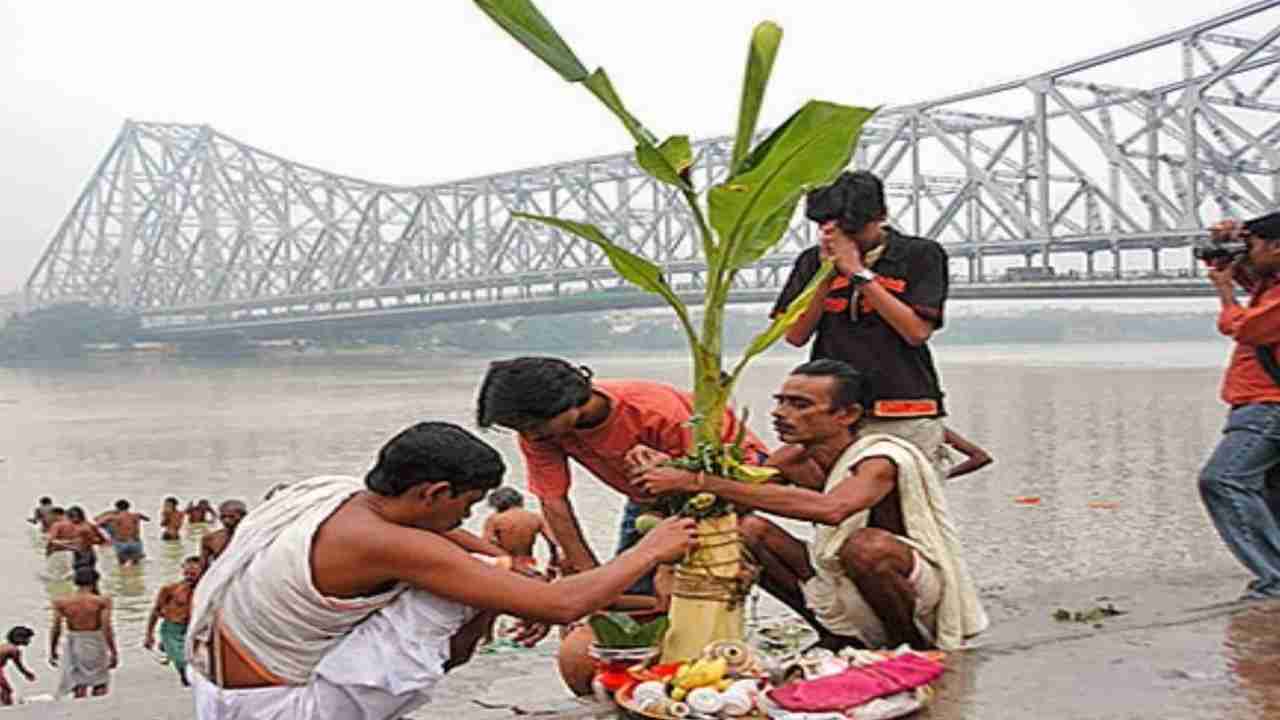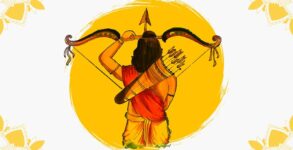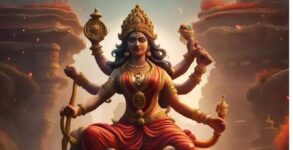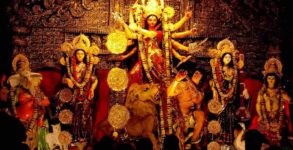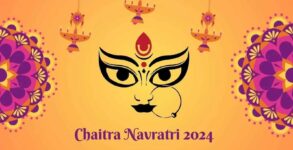The Navratri 2020 has begun in India. When it comes, to Durga Puja, the festival of Goddess Durga is not only confined to pandals, and setting up of idols. The festival has various customs and rituals across the country. One such ritual is Kola Bou puja which translates to Banana Bride worship.
Kola Bou Puja ritual is popular in eastern India especially, West Bengal. Kolabau who is known to be the wife of Ganesha, is bathed on this day, dressed and transformed into a goddess. The ceremonial bath in the Ganga river holds immense importance.
On Mahasaptami, or the seventh day, the bathing of the Kala-bou or the banana-bride takes place that sees a banana tree is taken to the banks of the Ganga and given a ceremonial bath.
Maha Saptami 2020 Date and Significance:
Saptami starts from 07:41:23 on October 22, 2020, and ends on October 23, 2020, at 06:58:53.
The most important significance of Maha Saptami is the bathing ceremony of Navapatrika. Here’s the list of those nine plants:
- Holud gaach or the turmeric tree
- Bel gaach of the wood apple tree
- Daalim gaach or the pomegranate tree
- Maankochu or the arum plant
- Rice plant
- Ashok tree
- Kochu gaach of the colacassia plant
- Jayanti gaach of the saal tree
During the war, Devi Durga created ‘Ashtanayika’ (eight war partners). These eight goddesses and Devi herself symbolize “NavDurga”. The nine plants stand for each impersonation of the Goddess.
Each of the above also stands for different forms of goddesses, like the banana tree representing Goddess Brahmani, turmeric tree representing Durga, wood apple tree representing Lord Shiva himself, the pomegranate tree representing Raktabija, Arum plant for Chamunda, rice for Lakshmi, Ashok tree for Sokrahita, the colocasia for Goddess Kalika and the Jayanti for Kartiki.
The last four days are considered very sacred and they are celebrated with immense fervour. Maha Puja begins on the seventh day of Navratri and Maa Durga is worshipped via offering the prayers to the Navpatrika or Nabapatrika i.e. a bunch made of nine types of leaves. These nine leaves are considered to symbolise the nine forms of Durga. The Nav Patrika is bathed with water from the Ganges or any holy river before sunrise. This bath is called Maha Snan.

